Distance Learning
What Students are Saying
by nick morris
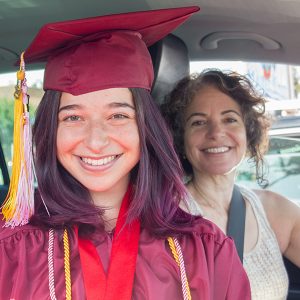
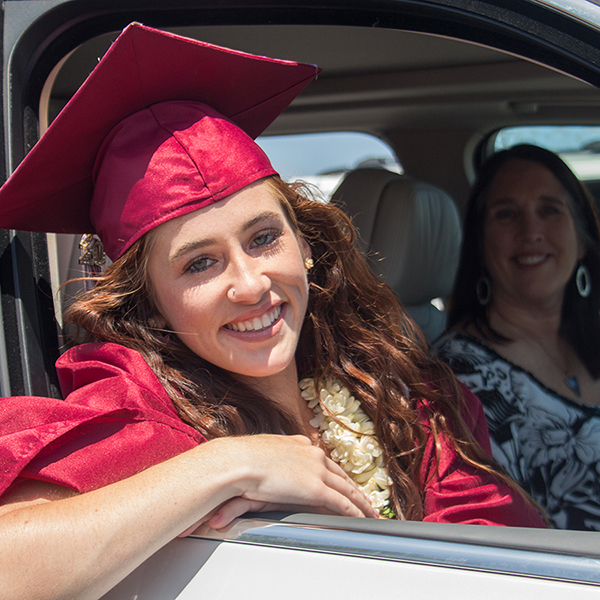

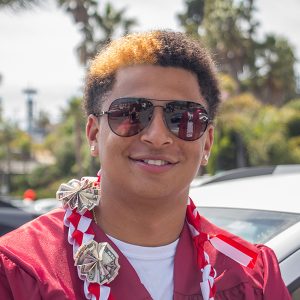
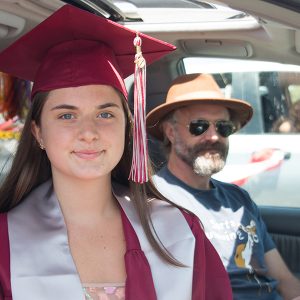



 Schools remain nearly empty as class continues virtually. Let us not waste the experiences from last spring and instead use them to learn how to improve the quality of distance learning this year.
Schools remain nearly empty as class continues virtually. Let us not waste the experiences from last spring and instead use them to learn how to improve the quality of distance learning this year.
As part of a project to record this moment in history I have had the privilege of interviewing graduates of Santa Cruz High’s class of 2020 and listening to what they have to say about distance learning. Three themes that ran through every conversation include communication, structure, and flexibility.
Communication
Communication provides the foundation for learning both academically and in the social-emotional sense. Teachers’ communication with students should be proactive, not reactive. This means teachers should reach out to students, and counselors, when they notice absences from class meetings online or missing work because these behaviors could signal that a student either does not understand the material or may need support dealing with a personal issue. One student I interviewed admitted the pandemic caused her to experience situational depression that she didn’t overcome until after her government teacher emailed her, her parents, and her counselor expressing concern and iterating his expectations of her. That teacher’s simple act of showing concern via email helped this student realize how to pull herself out of a low point and back into a position to pass her class and graduate.
Communication on the student’s part also plays an important role in successful learning in the virtual world and Trey Williams has advice for students. “My advice I give to students is to stay determined and communicate. Make sure you communicate to your teachers what’s going on. I’m not saying you have to spill your whole life to them, but communicate with them, I say at least once a week.”
Students can start conversations with teachers by providing feedback on lessons and assignments or explaining how they’re having either a good or a bad week. Equally important as student-to-teacher communication is student-to-student communication. Learning occurs socially and allowing students to learn from their peers, who they most easily relate to, has many benefits.
Student Mia Formente talked about the social aspect of learning and explained how she liked when her teachers “…would do things such as make a group chat for students so that we could all be connected even if we weren’t on a Zoom. And doing that without the students having to make one themselves. That way everybody’s included.”
Many apps, like the one called Remind, facilitate communication between teachers, students, and parents. Communication takes little effort compared to the gains and benefits it offers to every party involved.
Teachers, take a moment to reach out to your students and create a safe space where your students also feel comfortable initiating a conversation with you.
Structure
Structure gives students a sense of normalcy during this time of constant unknowns. Routines help physical classrooms run efficiently by establishing norms and expectations and continue to serve the same important purpose in the virtual classroom. Students I interviewed said after a few weeks they eventually settled into a routine that allowed them to balance schoolwork, home life, work, and hobbies.
Not all students can effectively budget their time in a way to accomplish both short-term and long-term goals so incorporating some instructional scaffolds and a little practice will help set up students for success. One teacher I learned about created videos explaining all the work due over the course of the following week and outlined a suggested schedule of how she expected students to use their time to accomplish all the assigned work by the due date.
A student I interviewed who had this teacher said this kind of instructional scaffolding helped them budget their time efficiently even if their own plan didn’t exactly follow what their teacher advised. Mia’s strategy for structuring time involved buying and using a planner for the first time. Similarly, Aria Brauner would start each day by making two lists: the first list included the things that she needed to get done and the second list was all the things she wanted to do. Allowing herself to do something on the second list only if she completed something on the first list motivated her and kept her focused throughout quarantine. With students realizing how little control they have over things, providing some structure in class can ease some of this pandemic-induced anxiety from so many unknowns.
Flexibility
Flexibility in balance with structure allows students to avoid unnecessary additional stress. Because the pandemic has burdened students and their families with immense pressure like we haven’t experienced before flexibility and empathy can also help prevent students from feeling overwhelmed. For teachers this might mean slowing down or not overworking students. Isaiah Brouse-Jones explained, “We might have a lot of time on our hands during distance learning, but don’t just throw a bunch of homework at kids thinking they’re going to do it. Once you start throwing a bunch of homework at kids, that’s when they start not caring because you’re showing that you don’t care about their time. Care about their time and they’ll care about your time.”
Also, students may not have the ideal learning environment at home so when a teacher gives students a little flexibility it shows to students that they understand no one has ideal conditions in quarantine. Bella Birkhofer best sums this up in her experience, “It took away a little bit of stress when teachers were more flexible with due dates and stuff, when they understand that we’re using Wi-Fi at home, and I have siblings who are in my house too, and it’s a completely different environment than anything we’re used to at school.” Aria echoed Bella’s thoughts and said the physical environment of campus gets her in the mindset to learn compared to in her room where it takes far more effort to have a learning mindset. For students flexibility means learning in new ways and actively finding resources to help you learn because as Bella said, “You’re gonna have to not depend on the teacher as much as you normally would.”
Finding new resources also gives students an opportunity to contribute to class and take ownership of their own learning. Flexibility continues to play an important role in distance learning as the pandemic’s uncertainty burdens students, families, and teachers.
The pandemic has changed life for everyone and as class continues in the virtual world we should strive to make the experience as good as we can. There is no reason to rest or throw our hands up when we have things we can do to improve distance learning. Santa Cruz High School’s graduates of the class of 2020 have been both generous with their time and thoughtful in their feedback and listening to what they have to say will improve the distance learning experience a little better going forward.
If you are, or know of, a SCHS graduate from the Class of 2020 who would like to participate please email [email protected] to schedule a phone interview.






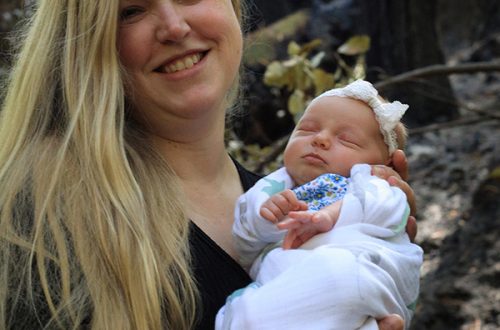
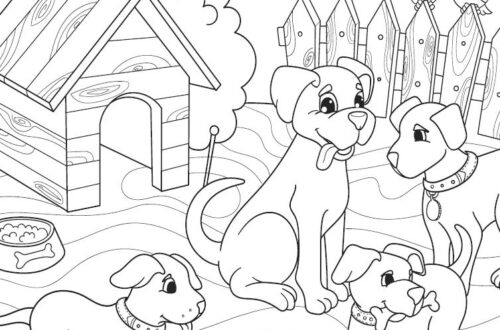

One Comment
Al-Quran Digital
How does flexibility in due dates and assignments help students manage their learning environment during distance learning? Greeting : Teknologi Telekomunikasi